Preserved Remnants of 17th Century New York
Under a glass sidewalk lie the remains of some of Manhattan's oldest buildings.
If you were to look at a Google Map of Lower Manhattan, you will see something quite unusual marked at Pearl and Broad Streets: the mysteriously named “Portal Down to Old New York.”
For near here, set into the pavement under glass at the pedestrian plaza that curves around 85 Broad Street, are the visible remnants of colonial-era New York, discovered in an archaeological dig undertaken in New York. Every day, thousands of workers in the Financial District pass by without noticing what lies underfoot, preserved under glass.
The 1975 excavation uncovered some of the only physical relics of the old Dutch colony left in Manhattan, dating back to when the city only stretched a few blocks further north. The preserved site, across from the venerable Fraunces Tavern, shows some of the oldest buildings to be seen in the city, including part of the colonial City Hall. The Stadt Huys dates from 1642, from when New York was Dutch-owned and called New Amsterdam.
A few steps away are the remnants of the old Lovelace Tavern, dating from 1670. The Lovelace Tavern had been owned by the then-governor of the fledgling colony, Colonel Francis Lovelace. Its foundations were discovered during construction of 85 Broad Street. Aside from the historic building fragments, the dig also yielded old Dutch tobacco pipes, more than 11,000 pieces of glass, and 23,000 fragments of pottery.







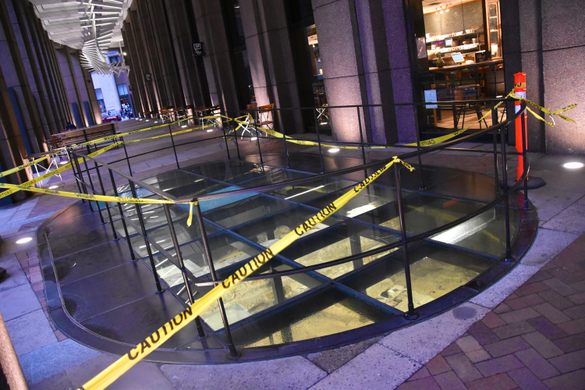
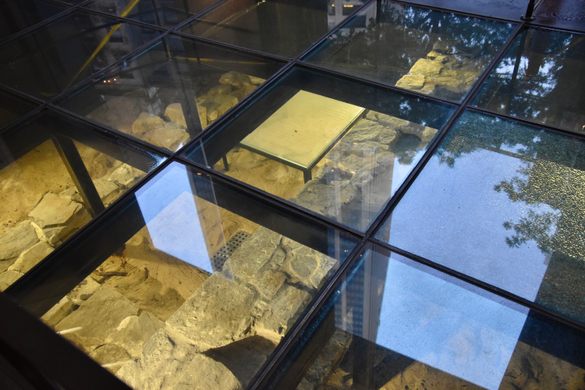
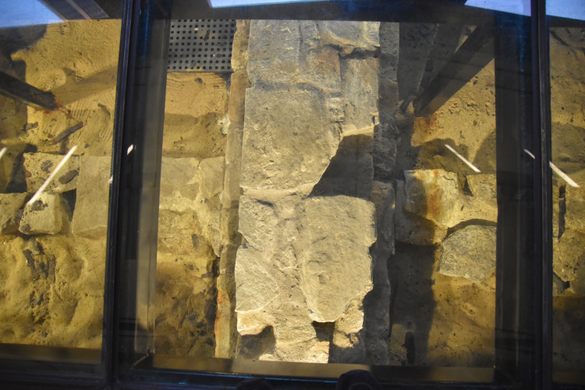








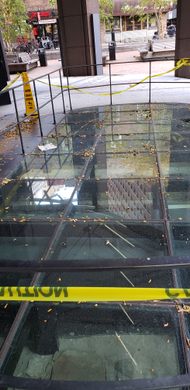
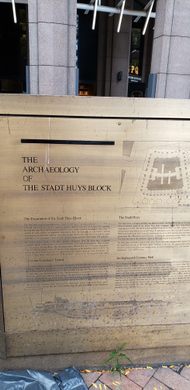


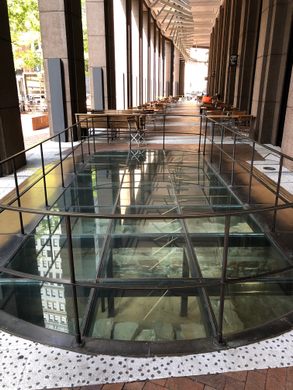

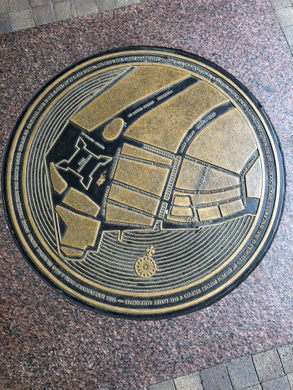


















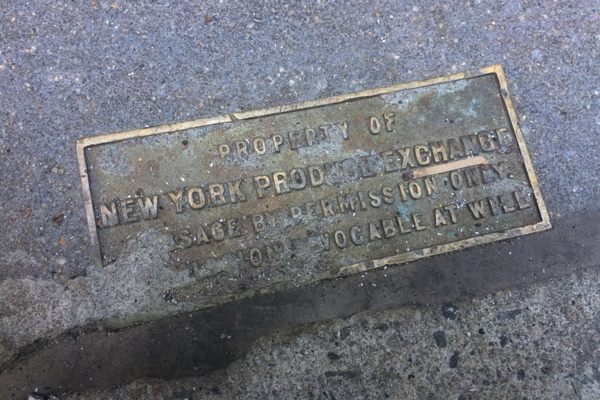

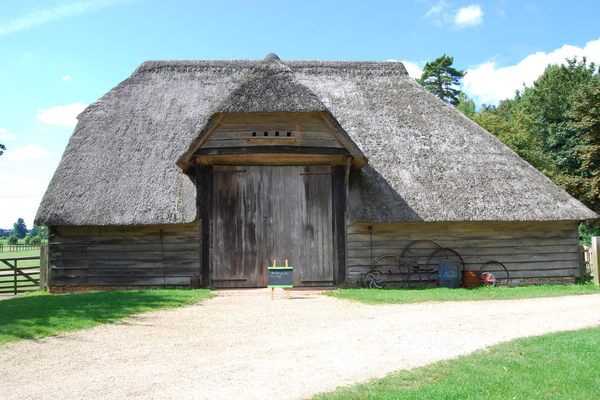


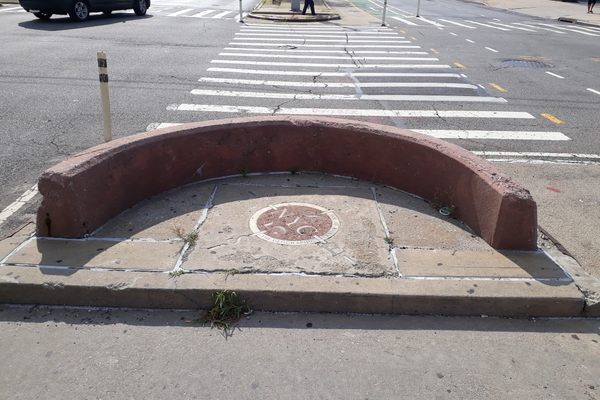





Follow us on Twitter to get the latest on the world's hidden wonders.
Like us on Facebook to get the latest on the world's hidden wonders.
Follow us on Twitter Like us on Facebook